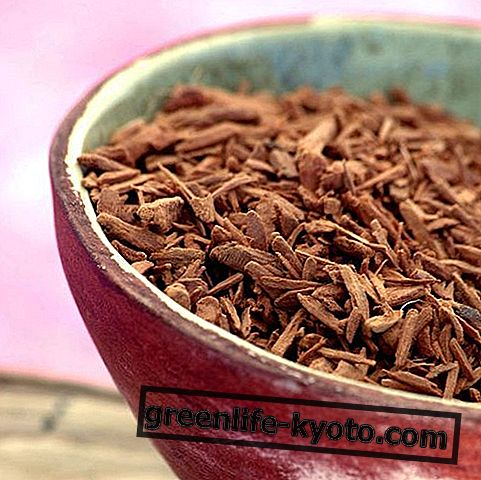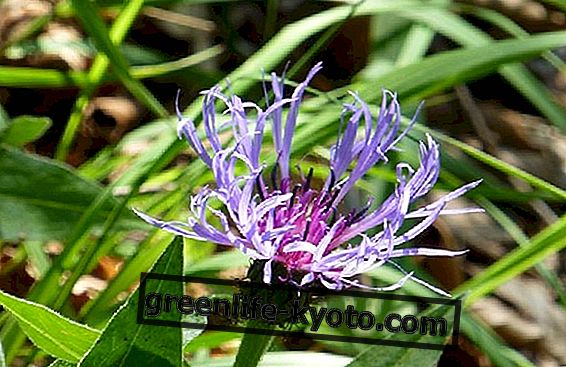
What feeds the spirit and what impoverishes it? How to avoid the vortex of negative thoughts ? Yoga can be a valid support.
Imagination and fear
Imagining means giving shape to something, it is a power in all respects. It is, in fact, action, if carried out without control and conscious management.
The imagination can boycott themselves in a strong, incisive way; take the case of a pain that appears and immediately thinks of it as chronic or a sign of something greater; or you take that pain as a psychosomatic symptom and you begin to ask what is going wrong in our life, what does not work, what there is to be reviewed and we fall into a vortex of negative thoughts that lead to the so-called slippery slope view summarized with Murphy's well-known law : If something can go wrong, it will .
In reality it is true that for example a heartburn may have something to do with our life that we do not digest, as even a respiratory difficulty can symbolize a difficulty in dealing with the past, but all this is to be analyzed calmly and without panic and above all without getting lost in little useful reasoning.
In many traditional medical systems , fear and pessimism are linked to renal function and the well-being of these vital organs.
How to deal with illness with yoga
Abaya mudra and fear
Mudras are finger positions that are held with a precise will and maintaining adequate breathing.
There is a specific mudra among the many present in the classical Indian system of knowledge and this specifically concerns the position of the fingers and the concentration of energy to remove fear .
It is called Abaya Mudra and it is in effect a meditation that is practiced with awareness and with closed eyes; it is the gesture of Shiva in many of his depictions and really supports at a time when fear is gripping.
One hand is on his lap with his back on his belly and his palm toward the sky, the other facing in front of him. Symbolically, it is like being in front of a mirror willing to look good, with the disposition of mind of those who are not afraid or are training to fear less and less.

Fear of illness and yoga
The greatest teaching that yoga gives is relative to the fact that in our being there is a will to win that state in which we sometimes bask in or become attached to the complaint and the malaise protracted for days, months.
When one finds oneself on one's mat daily, one understands how much everything wants its time and how important it is to teach the body to understand that illness is not a state to collapse or to abandon oneself to.
And it is also true that illness is a signal and can teach a lot, but listening to the "message" should be combined with serenity and the desire to let go of the malaise. Instead, often, for the most disparate reasons, one clings to indecision, weakness of intent, weakening.
We take tears: they often help to empty, dissolve, are a mechanism of release of the body and are necessary; other times they are a reaction of abandonment to malaise and become a real sinking into a pillow that suffocates us.
The daily and gradual practice of yoga helps precisely in this sense not to fear, to go on, to transform, with all the patience of one who knows that a position cannot be reached in a short time and with many expectations, but rather with humility and in the tendency to contact with essence. Finding one's own personal, intimate spirituality .













